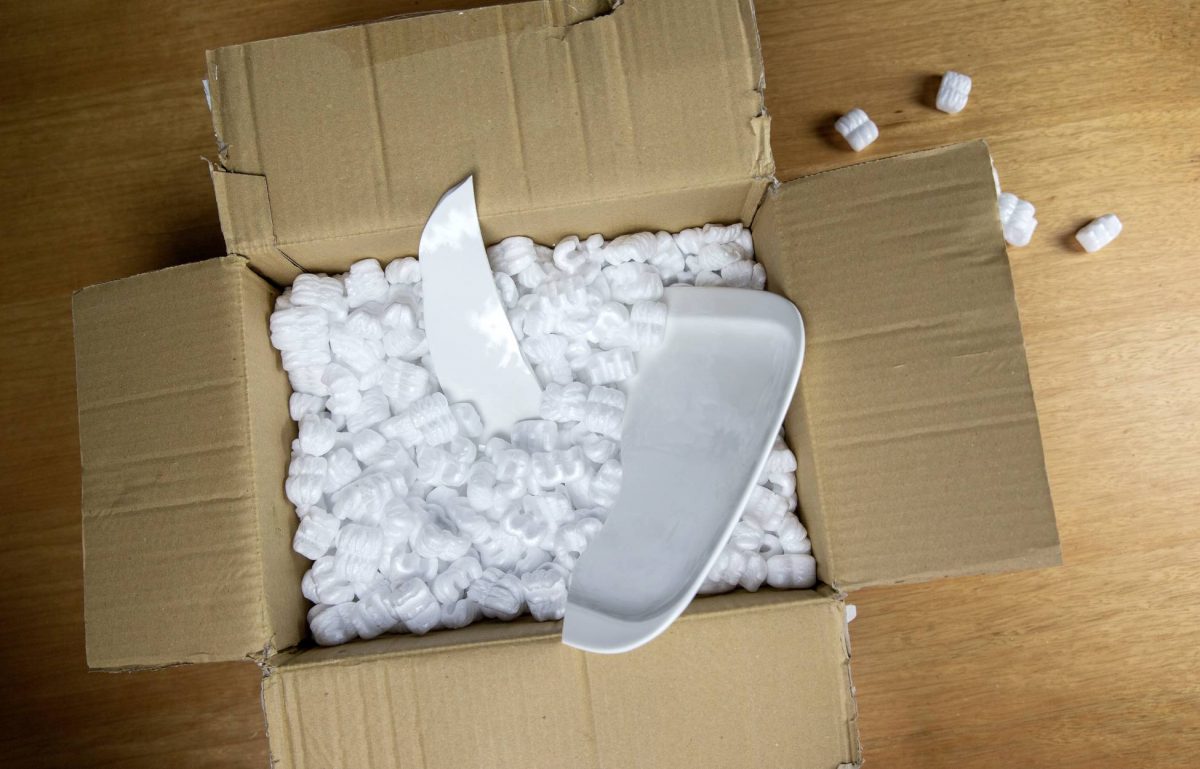Are you getting customer complaints about damaged goods? This is a common problem that you have to address to ensure continued success. We’re here to help you understand thepossible reasons your products are getting damaged in shipping so you can react with effective solutions.
Inadequate Packaging
Your products’ first line of defense against the hazards of shipping is their packaging. Neglecting to use appropriate, durable materials can lead to punctures, dents, and other damage.
You also have to select packaging that fits your product snugly and provides ample cushioning.
Overall, investing in high-quality packaging materials can significantly reduce the risk of damage and, consequently, the cost associated with returns and replacements.
Rough Handling
Despite clear labels indicating the need for careful handling, your products will inevitably experience some degree of rough treatment during their logistical journey. The reality is that shipping involves multiple stages of loading, unloading, and transfers, often under time pressures.
It’s impossible to control every aspect of this process. However, you can mitigate the risk by packing your products well and choosing carriers with a reputation for handling goods responsibly.
Poor-Quality Pallets
Substandard pallets can easily break or become deformed, jeopardizing the stability of your products during transport. High-quality pallets ensure that your goods remain securely in place, minimizing movement that can lead to damage. Learn how to test your pallets’ durability and invest in reliable options to safeguard your products throughout the shipping process.
Extreme Weather Conditions
Your products may also be vulnerable to extreme weather conditions during transit, including heat, cold, humidity, and precipitation. These elements can warp, melt, or otherwise damage goods, particularly those sensitive to temperature and moisture.
The solution is planning for weather challenges by using appropriate packaging materials, such as insulating wraps or moisture barriers. Additionally, choose shipping routes and seasons that mitigate weather-related risks.
Conclusion
Once you understand the probable reasons your products are getting damaged in shipping, you can take proactive measures to prevent such issues. The solutions in this blog all work together to enhance the safety and integrity of your goods on their way to customers.













